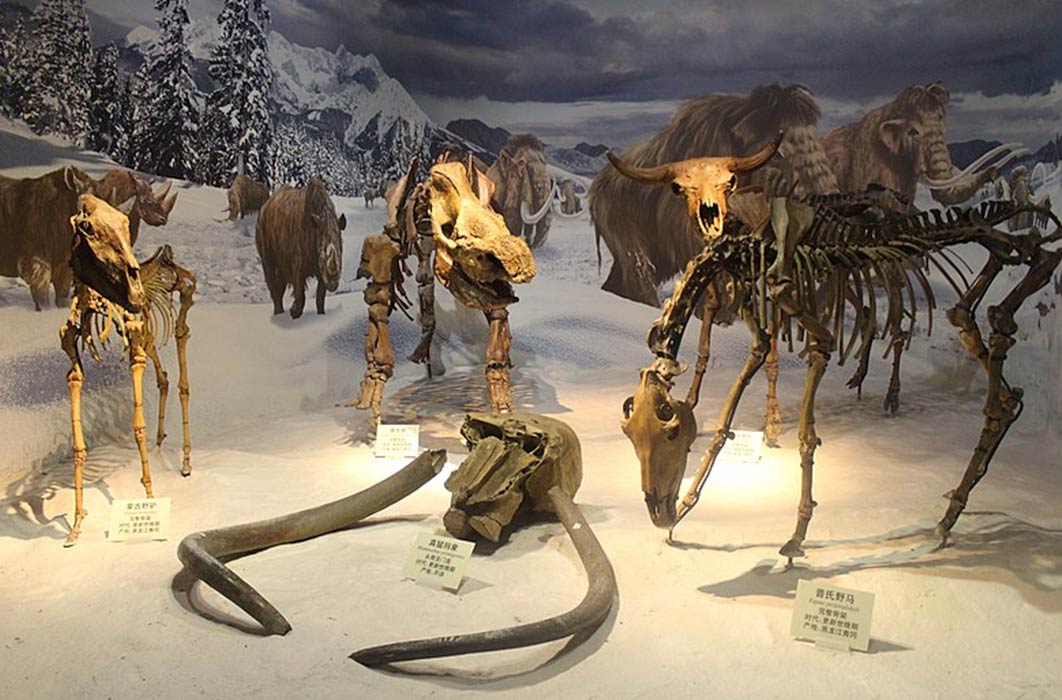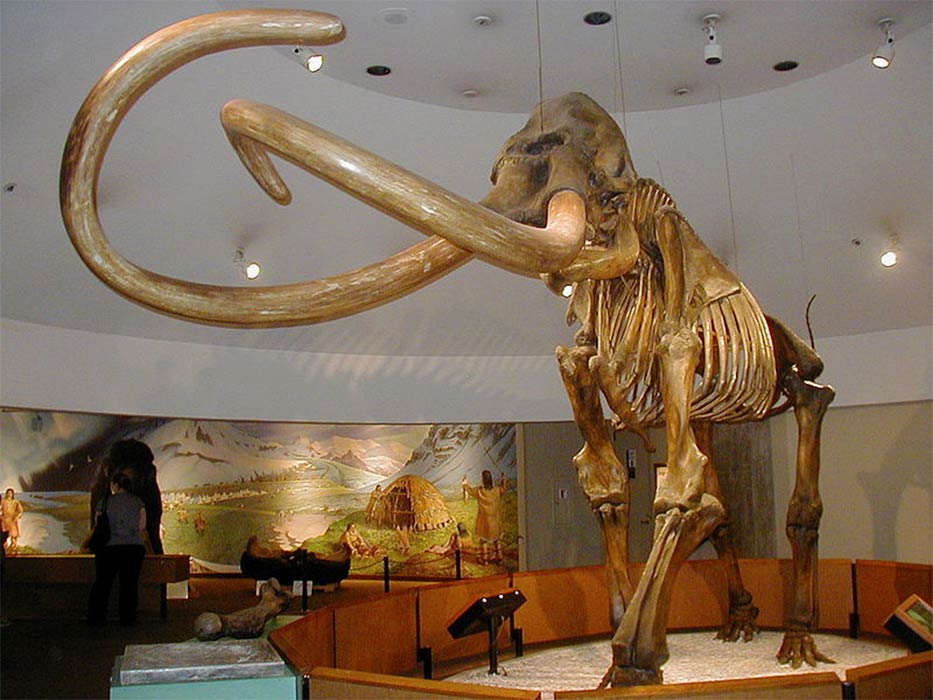
The Younger Dryas Impact Research Debate – Are We There Yet?
The Younger Dryas impact hypothesis has received considerable attention since its publication in 2007 in the prestigious peer-reviewed journal PNAS (Proceedings of the National Academy of Sciences). It suggests the Younger Dryas geological period and mini Ice-Age, from around 10,850 to 9600 BC, along with associated megafaunal extinctions and human societal changes, was triggered by a catastrophic cosmic impact, probably with a fragmented comet from the Taurid meteor stream. As of now, this paper by Richard Firestone, Allen West and Simon Warwick-Smith and colleagues has amassed over 550 citations in Google Scholar – which is a lot! It is on its way to becoming a classic. But it has also received more than its fair share of criticism, mostly sustained from just a handful of vehement opponents. But has any of their criticism stuck? And what is the status of Firestone et al.’s paper today? Has the dust settled on an outcome? Are we there yet?

Evolution of temperatures in the postglacial period, after the Last Glacial Maximum (LGM), showing very low temperatures for the most part of the Younger Dryas, rapidly rising afterwards to reach the level of the warm Holocene, based on Greenland ice cores. (Evolution of temperature in the Post-Glacial period according to Greenland ice cores.jpg/CC BY-SA 4.0)
Comet Strikes?
One may need a reminder of the importance of this debate. Until quite recently, it was assumed by most academics (but not necessarily by independent researchers) that Earth was protected from large cosmic impacts on the timescale of human development, say the last few 100,000 years, corresponding to the last few Ice Ages. No need to worry about such matters – they are too rare to have any significant effect. Moreover, impacts with comets, specifically, almost never happen, as there are too few comets in near-Earth space to have any significant effect, even on geological timescales.
The Younger Dryas impact hypothesis informs this view of our place in the solar system is wrong on every level. Not only are comet impacts hugely important on geological timescales, they are just as important on the timescale of human development.

Ancient Site of Göbekli Tepe in Southern Turkey (Brian Weed/ Abode Stock)
The consequences of this concept are profound because it points to reconsidering the understanding of the causes and risks for major changes on Earth, from ancient climate shifts to episodes of extinction. Everything is up for debate on geological timescales. The consequences for archaeology and anthropology are just as important, and include, but go far beyond, the well-known “end of Clovis” and “megafaunal extinction” debates in the USA. Göbekli Tepe, the origin of civilization, the development of agriculture and religion, the origin of astronomy and the origin of writing are likely to be among the theory’s other victims.
Younger Dryas Impact: 13 Years On
The question arises: How well has the Younger Dryas impact hypothesis fared in the 13 years since it was first stated? Well, in the opinion of the current author, it is now essentially proven. That is, the evidence for a catastrophic impact circa 10,835 BC, very likely with a fragmented comet, is now so strong as to be completely overwhelming. The case has been convincingly won when one considers the following key evidence.





